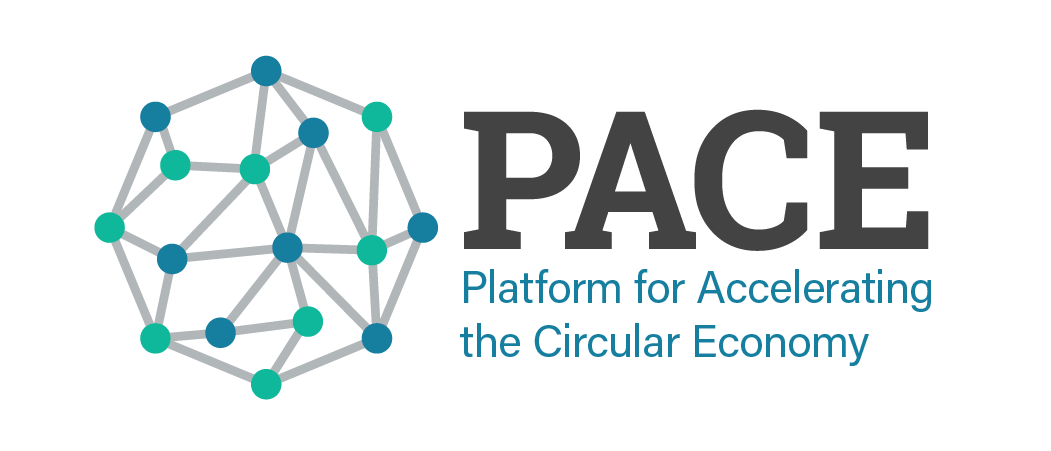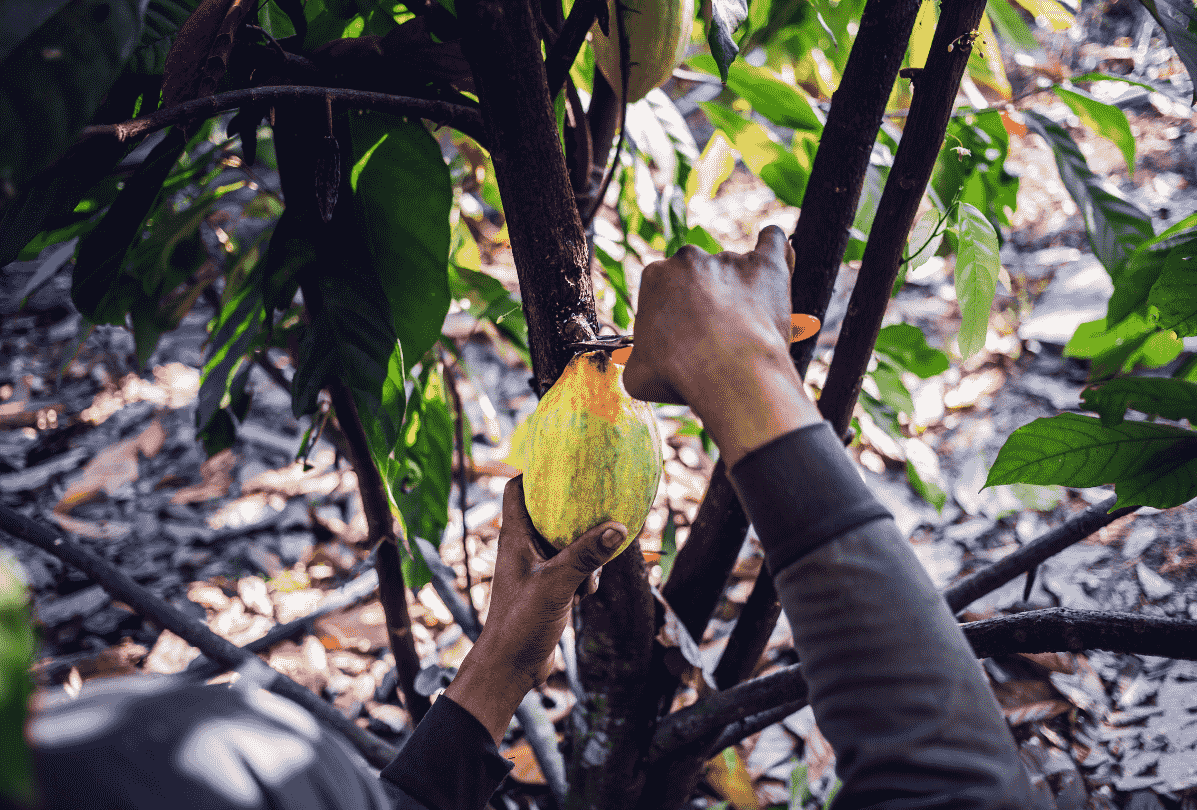The Evolution of PACE
Article subtitle
Phase two: from calls to action to targeted implementation
Phase two: from calls to action to targeted implementation
Since PACE was formed by the World Economic Forum in 2018 and integrated in 2019 as a key delivery platform into the World Resources Institute PACE has been at the forefront of accelerating the circular economy. Our programmatic foundational research led us to partnerships with experts and leaders in their respective fields across the following primary sectors:
-
Food
-
Plastics
-
Textiles
-
Electronics
-
Capital Equipment
Our research in these five core areas resulted in accompanying action agendas that identified the recommended next steps leaders could take to achieve circularity within these fields. From this point, PACE consolidated its knowledge to inform a shift in the theory of change.
As an organization, we determined that there were key underserved areas of intervention within global production systems. Our programmatic sector-specific work informed this sharpening of focus. PACE is now concerned with identifying the high-leverage points of intervention in three main systems:
Our work in these areas is designed around three purpose statements:
-
Integrating circularity with climate measures
-
Recapturing resources for circular food production
-
Scaling mineral circularity for global resilience
Let’s take a deeper dive into our current body of work:
Climate
Building on our research work for Circular Economy as a Climate Strategy which outlined nine calls-to-action decision-makers and researchers can take, PACE has sharpened its focus onto numbers 6 [connect circular economy metrics with climate change impacts] and 9 [investigate the role of the circular economy in climate change adaptation] extending these out beyond metrics and adaptation to include measures and climate change mitigation practices.

PACE has identified the urgent need to integrate circularity with climate measures in the following ways, each of which presents significant benefits for people, nature, and the climate.
People
By incorporating circularity into regional adaptation plans for high-risk geographies and countries.
Nature
By enhancing ecosystem resilience and biodiversity through circular regenerative practices.
Climate
By embedding circularity into public/private procurement practices for emissions-heavy materials such as steel and concrete.

Circularity should be high on the agenda for any decision-making authority where climate change measures are being taken. This is both imperative to achieve the United Nations’ Sustainability Goals and to ensure that climate change mitigation and adaptation steps maintain a diverse portfolio of solutions for target-based deliverables. Without circularity being integrated into the program of climate measures, we will not reach our global goals.
Circularity must therefore be a primary driver in the fight against climate change.
Find out more about our work in this area on our climate page.
Food
Developing from our foundational work and coalition initiatives for food, PACE has identified a substantial gap in where circularity should be utilized. There is a significant body of work being done to minimize food loss and waste, however, many of these initiatives are primarily focused on consumers (including wholesale purchasers as well as individual customers) at the end of the food production value chain. Furthermore, the majority of work targeted in this area is towards edible food.
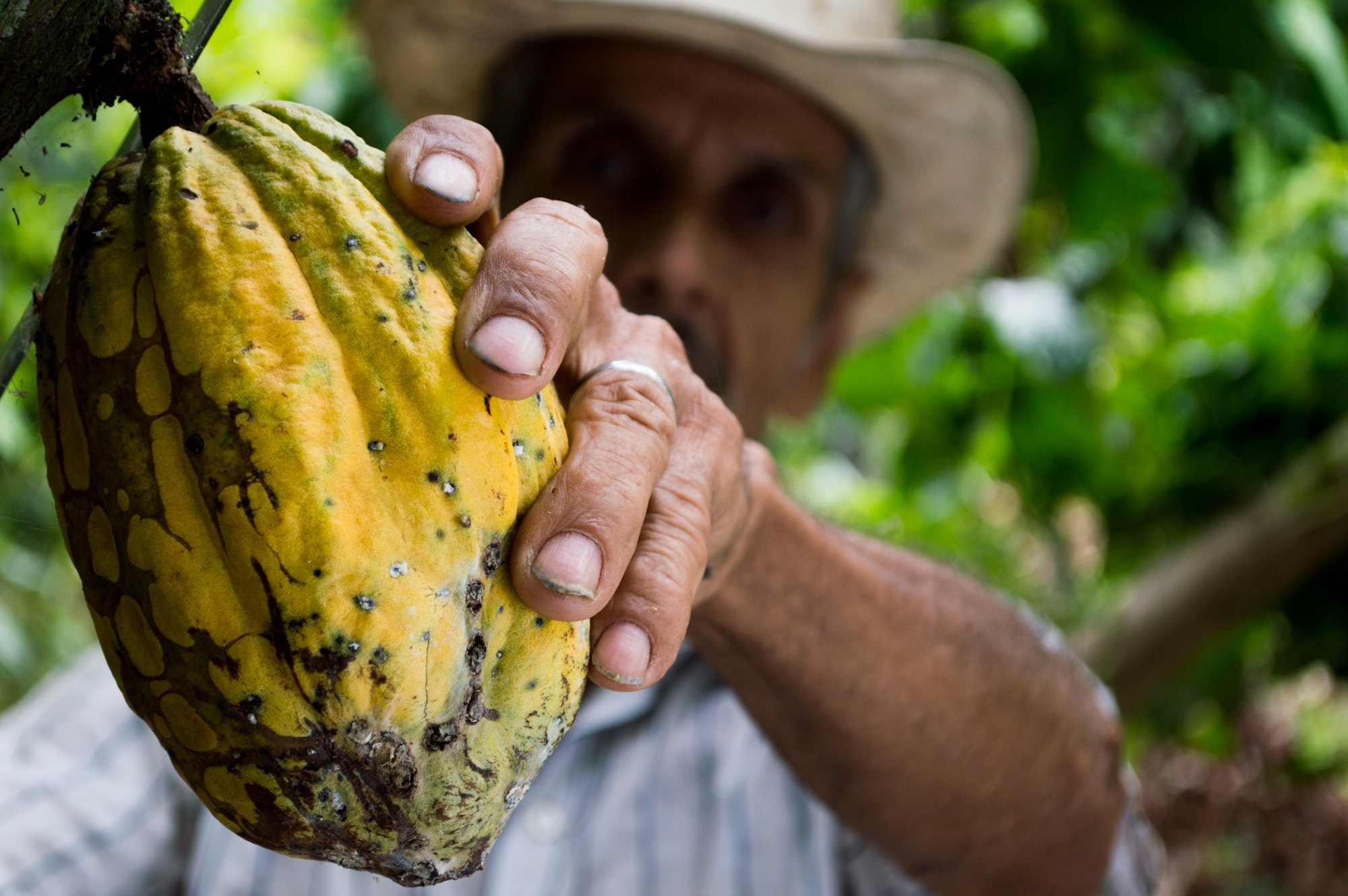
PACE is sharpening its focus on the production stages in the food value chain. This is important because greenhouse gas emissions and other environmental impacts resulting from food production will materialize whether food is consumed or not. By recapturing commonly wasted resources such as inedible food and by-products and ensuring they are used productively we can benefit people, nature, and the climate.
People
By generating local income through waste-to-value chains and supporting community health.
Nature
By employing regenerative practices and land management to avoid widespread food waste.
Climate
By recapturing commonly wasted resources for new purposes and avoiding unnecessary emissions.
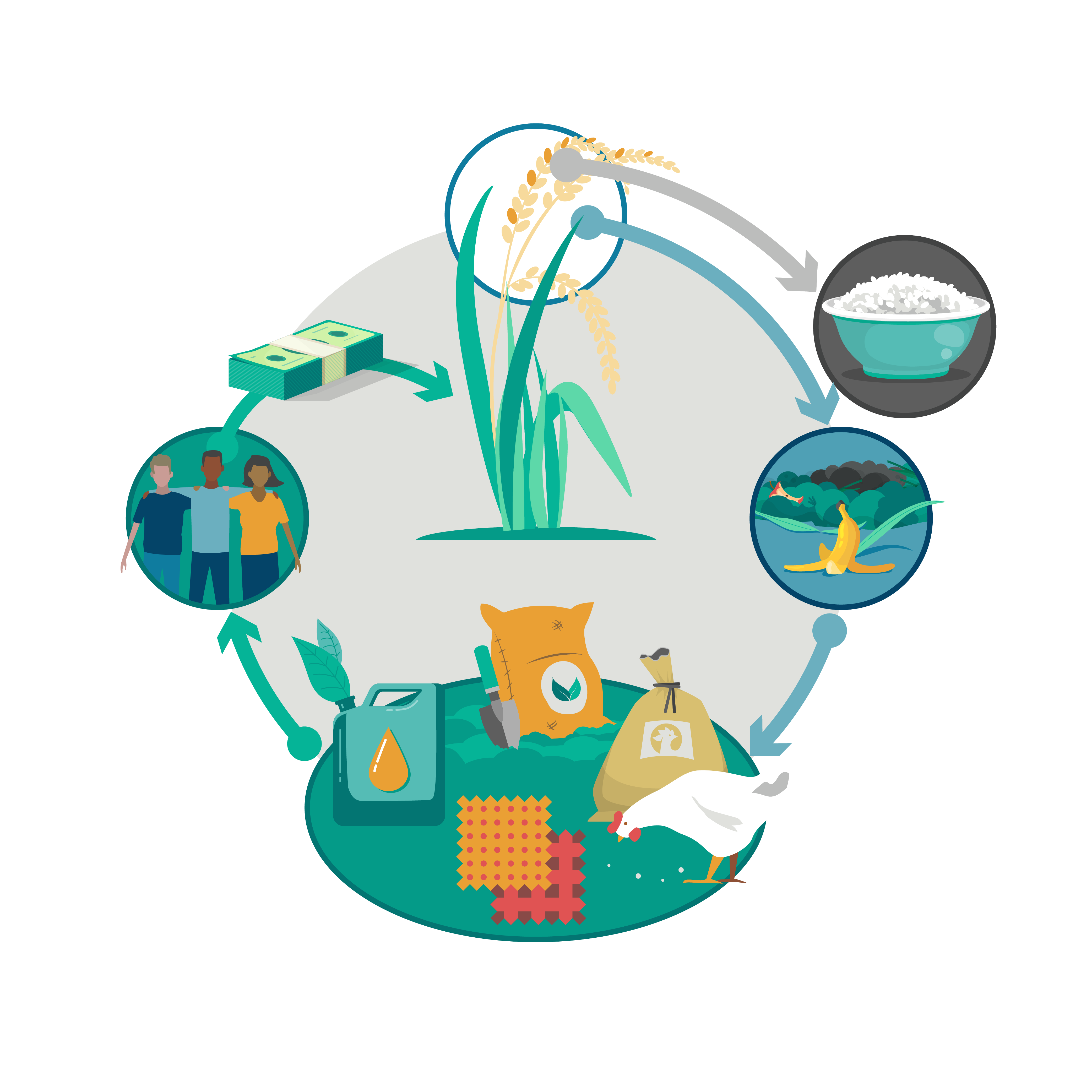
Unlocking the potential of commonly wasted resources is essential. Circularity for food must be targeted at this early stage in the journey where a substantial volume of productive organic material is lost, burned, or left to decay.
PACE has already made progress in this field in partnership with Resonance and is currently working across the value chains for rice and cocoa.
Find out more about our work in this area on our food page.
Minerals
Our work in the electronics sector identified that electronics have become the world’s fastest-growing waste stream, amounting to an estimated 57.4 million tonnes (2021). Within this waste stream are recoverable, critically-important minerals, materials, and rare earth elements. All of which are needed to facilitate rapid clean energy and digital transitions.
The International Energy Agency has projected that demand for a core suite of minerals will likely exceed six times the current levels by 2040. This is a prerequisite for transitioning globally to a fully renewable energy supply by 2050 and is crucial to reaching the targets laid out by the Paris Agreement. This rapid increase in demand already necessitates a supply that exceeds currently accessible reserves.

Within the electronics value chain, mining tailings, and heavy-duty equipment (such as motors) lie recapturable resources that, if processed and transported efficiently, can contribute a significant portion of the mineral, material, and rare earth element demand we will need to ensure we do not exceed global warming beyond 1.5 ◦C.
Scaling mineral circularity is therefore crucial to help facilitate these transitions and to alleviate short-term supply gaps. Doing so will also secure a more resilient supply chain and global community presenting benefits for people, nature, and the climate.
People
By diversifying minerals supply chains reducing the risk of conflict over resources.
Nature
By minimizing further extraction of raw materials and supporting biodiversity health while limiting pollution.
Climate
By widening access to essential minerals alleviating pressure on the green and digital transitions.
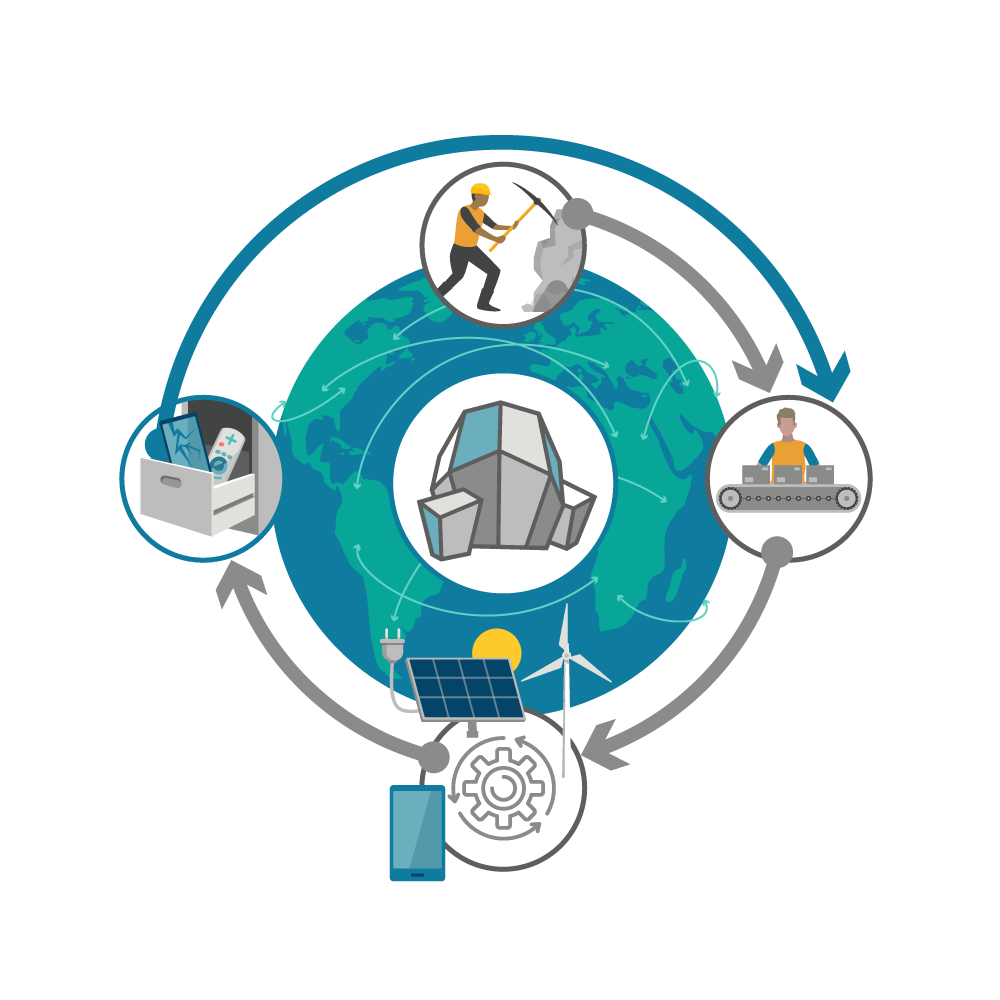
Mineral circularity provides a framework for a systematic approach to managing minerals throughout their life cycle. It must be a part of the energy and digital transitions and should be implemented now to avoid further disruption to the world’s people, the natural environment, and our planet’s fragile climate.
Find out more about our work in this area on our minerals page.
Conclusion
PACE works to identify precise points of intervention and collaborates with specific individuals/groups who have the capacity, impetus, and power to initiate real, impactful change.
If fully equipped with the relevant knowledge, implementation frameworks, and accountability models necessary to sustain change, we believe that humanity can successfully transition to a circular economy. Our collective effort to do so will result in a fully sustainable and equitable world for all.
Systemic change requires strong leadership. PACE’s theory of change is designed to equip leaders with what they need to accelerate systems change.
